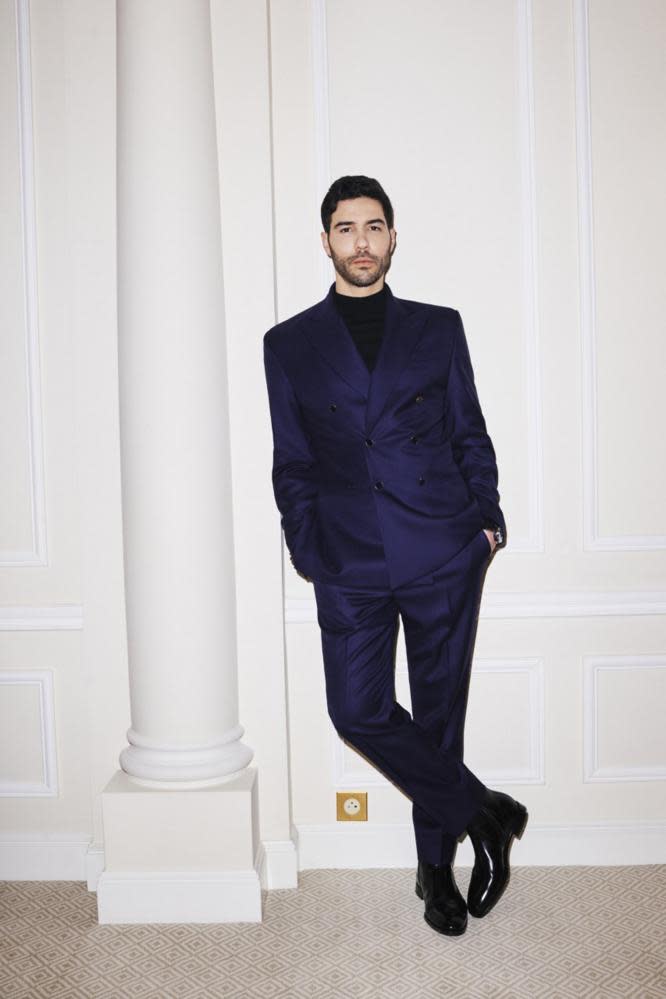'We're not the gatekeepers': the Golden Globes spark an inclusion debate
The Golden Globes have ignited a debate around who is responsible for making sure there is diversity and inclusivity in fashion.
After Kamala Harris was roundly praised for representing fashion designers of colour, like Pyer Moss, Christopher John Rogers and Sergio Hudson at the inauguration events in January, there’s been an expectation that clothes designed by black designers will be worn at high profile events by celebrities.
In an article for fashion industry publication Women’s Wear Daily entitled: ‘Golden Globes Fashion Review - where were the black designers?’ journalist Booth Moore pointed the finger at the stylists and the actors. “For all the discussion about the lack of diversity and inclusion in the (Hollywood Foreign Press) membership and the Golden Globes snub of every single Black-led ensemble film in the motion picture category, precious few designers of colour represented on the virtual red carpet. And that’s something the talent could control.” Moore alleged that “perks” were responsible for the the ubiquity of designers like Prada, Gucci and Armani on the night. “Among them only Vuitton has a designer of colour at the helm:Virgil Abloh’s wear, who outfitted Mark Ruffalo and Tahar Rahim,” wrote Moore.
However stylists Law Roach who styled Tiffany Haddish (who was wearing Alberta Feretti) and Anya Taylor-Joy (in Dior) for event and Jason Bolden who styled Cynthia Erivo (who wore Valentino) said that the article suggested the responsibility for inclusion fell on the shoulders of the minority of black actors and stylists and not their white counterparts.
“What (the article) is implying is that the brunt of the fight on diversity and inclusion all should be on our backs, it’s our responsibility, right?” said Bolden in an Instagram live video. “And what’s unfair about that is we are still not the ones that hold the power, and we are not the gatekeepers...At what point are out white counterparts held responsible?” Bolden said that it’s those who are in power who had the power to change how the red carpet looks.
He added that white celebrities were praised for working with black designers and stylists, but there is a double standard at play. “They get to show up dressed in black talent and say ‘I did it, I’m here for the cause’, and they get to go back to their fantastic life and get all the checks and all the jobs and are never questioned. But yet here we are being questioned again.”

On Instagram Moore apologised for writing the piece, saying that she had hoped to “bring up what (she) thought was a legitimate issue.” She wrote: “I did not mean to imply that it is only the responsibility of a black stylist or a black talent to support black designers. It’s the entire industry’s responsibility to support diversity and inclusion.”

 Yahoo Finance
Yahoo Finance 